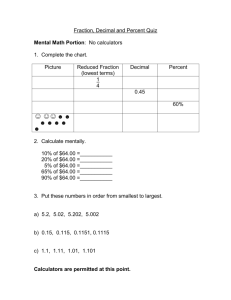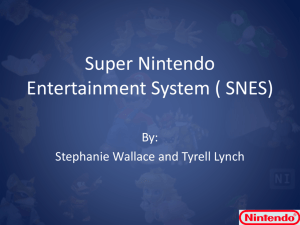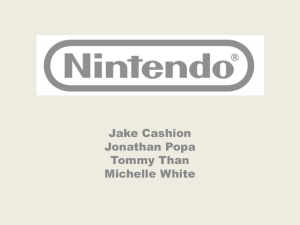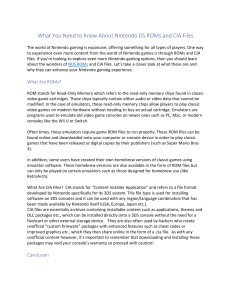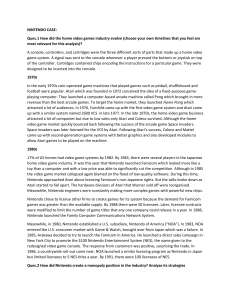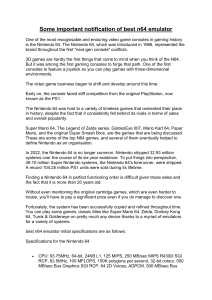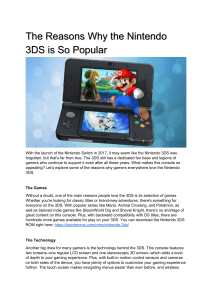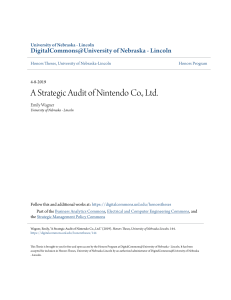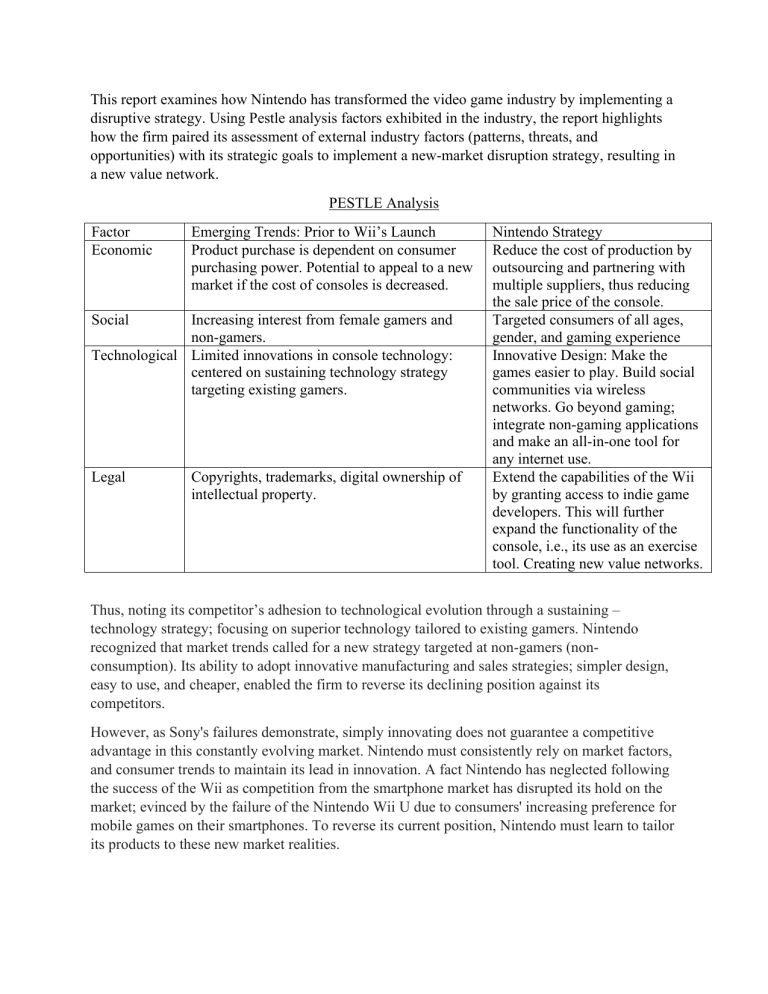
This report examines how Nintendo has transformed the video game industry by implementing a disruptive strategy. Using Pestle analysis factors exhibited in the industry, the report highlights how the firm paired its assessment of external industry factors (patterns, threats, and opportunities) with its strategic goals to implement a new-market disruption strategy, resulting in a new value network. PESTLE Analysis Factor Economic Emerging Trends: Prior to Wii’s Launch Product purchase is dependent on consumer purchasing power. Potential to appeal to a new market if the cost of consoles is decreased. Social Increasing interest from female gamers and non-gamers. Technological Limited innovations in console technology: centered on sustaining technology strategy targeting existing gamers. Legal Copyrights, trademarks, digital ownership of intellectual property. Nintendo Strategy Reduce the cost of production by outsourcing and partnering with multiple suppliers, thus reducing the sale price of the console. Targeted consumers of all ages, gender, and gaming experience Innovative Design: Make the games easier to play. Build social communities via wireless networks. Go beyond gaming; integrate non-gaming applications and make an all-in-one tool for any internet use. Extend the capabilities of the Wii by granting access to indie game developers. This will further expand the functionality of the console, i.e., its use as an exercise tool. Creating new value networks. Thus, noting its competitor’s adhesion to technological evolution through a sustaining – technology strategy; focusing on superior technology tailored to existing gamers. Nintendo recognized that market trends called for a new strategy targeted at non-gamers (nonconsumption). Its ability to adopt innovative manufacturing and sales strategies; simpler design, easy to use, and cheaper, enabled the firm to reverse its declining position against its competitors. However, as Sony's failures demonstrate, simply innovating does not guarantee a competitive advantage in this constantly evolving market. Nintendo must consistently rely on market factors, and consumer trends to maintain its lead in innovation. A fact Nintendo has neglected following the success of the Wii as competition from the smartphone market has disrupted its hold on the market; evinced by the failure of the Nintendo Wii U due to consumers' increasing preference for mobile games on their smartphones. To reverse its current position, Nintendo must learn to tailor its products to these new market realities.
